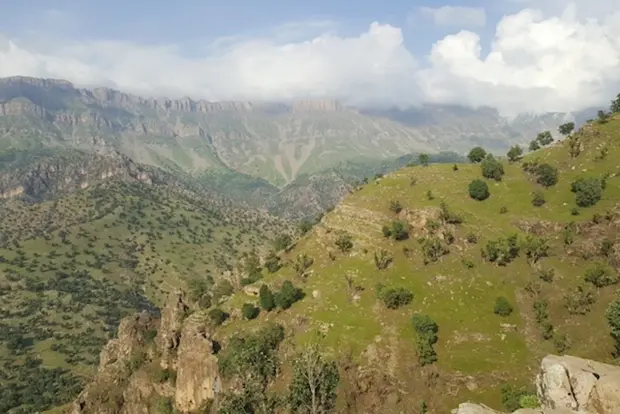Solid bitumen in shales from the Middle to Upper Jurassic Sargelu and Naokelekan Formations of northernmost Iraq: implication for reservoir characterization

AGYA
Published: 2021
Arabian Journal of Geosciences 14
Abstract
Petrographic, organic, and inorganic geochemical analysis of the solid bitumen and host shales from the Middle and Late Jurassic-age Sargelu and Naokelekan Formations of the Banik section, northernmost Iraq, was undertaken. The aim was to understand their derivation and preservation, as well as examine the carbon and oxygen isotopes, and paleoredox proxies under which the solid bitumen and host sediments were deposited. Petrographic analysis of both formations revealed the presence of solid bitumen high reflectance (first phase) and solid bitumen low reflectance (second phase). The equivalent vitrinite reflectance indicates that the solid bitumen of the two formations probably accumulated within the shale reservoirs following oil migration from source rocks located within the same formations. Mineralogical study (XRD and SEM - EDX) revealed that the shales hosting the solid bitumen also contain clay minerals (illite, rectorite, chlorite, montmorillonite, and kaolinite) as well as carbonate minerals, quartz, alkali feldspar, and pyrite. Carbon and oxygen isotope data along with paleoredox indicators suggest that both the solid bitumen sources and host shales in both formations formed within a shallow-marine setting, most probably under anoxic conditions where water circulation was restricted.
- Nagham Omar
- Tom McCann
- Ali I. Al-Juboury
- Isabel Suárez-Ruiz